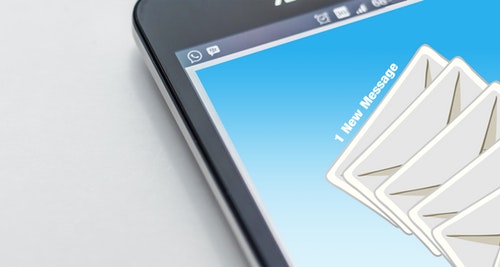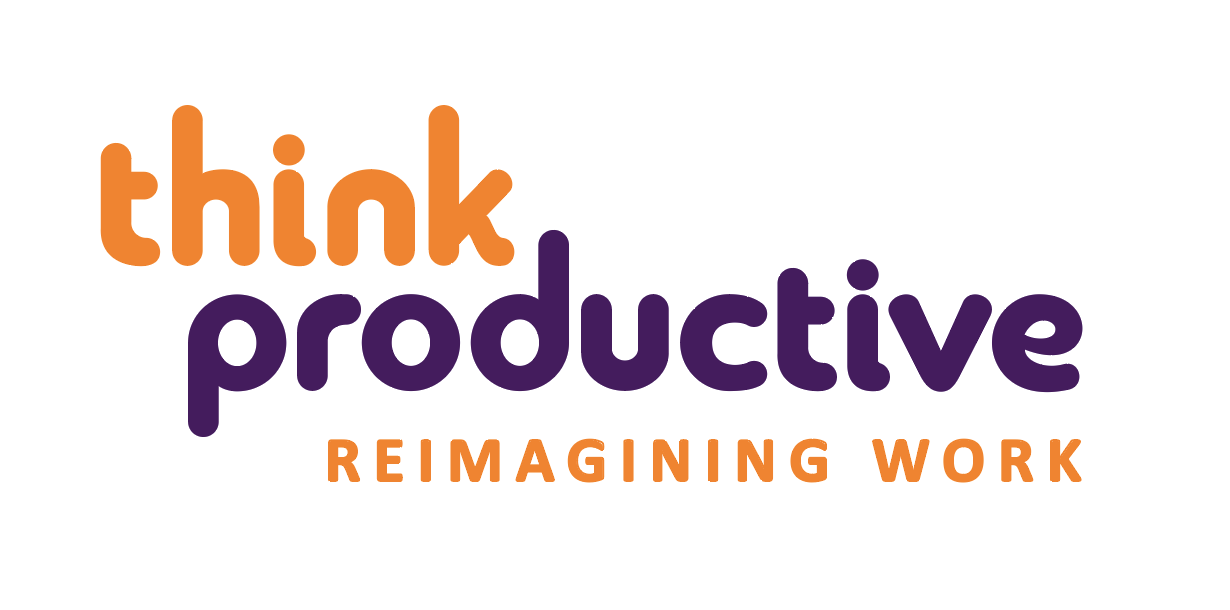Text messages, email, instant messenger, social media, work chats, and more: as our offices and technology have evolved, so have our options for communicating with each other. Not only can you sustain contact with people halfway across the world, but you can also be inundated with near constant communication from almost every side. It’s no wonder that we can so easily feel overwhelmed!
This phenomenon — which is a fairly recent one — has come to be known as “communication overload.” This, along with two other forms of overload — data overload and cognitive overload — create the “Triple Overload” that is currently inundating many modern offices and hurting businesses, as well as individual employees. But communication overload can be prevented, or at least have a diminished impact, by taking proactive steps to better manage your time and energy.
How can time management training help you alleviate communication overload? What other factors should you consider to make communication overload less of a burden? Let’s find out.
The Threat of Communication Overload
Responding to the many messages you receive in a single workday is almost a full-time job in itself. The stress of keeping in constant contact, mixed with the guilt of not responding fast enough, can be enough to make anyone feel very overwhelmed and stressed. By the end of the day, chances are you’ll feel distracted, exhausted, and not sure what to prioritize.

This is the definition of communication overload, and about 80 percent of the average worker’s time while on the clock is spent communicating with coworkers and managers. This doesn’t allow time for deep work, and it can be easy for all the various forms of communication to distract you from the projects at hand.
According to the University of Southern California, one of the biggest challenges for businesses in 2018 is controlling and combating communication overload, avoiding miscommunication, and diminishing employee distractions or productivity killers. Both internal and external communication overload can cost businesses billions of pounds a year: cellphone use alone can cost U.S. businesses about $600 billion dollars (about £450 billion) in lost productivity. Their research also revealed that the leading cause of communication overload and lost productivity is cell phone use, closely followed by internet browsing, office gossip, and social media.

Unfortunately, with all these different forms of communication bombarding you on a daily basis, many important messages can get lost in translation or forgotten. Miscommunication can easily happen when you skim through an email from your boss while trying to catch up on all your other messages. This ineffective communication can lead to workplace blunders, including mismanaging your time, missing important updates, and a lack of transparency across the company.
Other Communication Missteps
There are also other factors to consider, primarily, how communication flows, and how certain people are receptive to that communication.
Micromanagement can be a common problem that coincides with over communication. Not only can micromanagement hamper projects, increase employee turnover, and reduce flexibility for employees, but it can also contribute heavily to employee burnout. If managers are falling into the trap of micromanaging their employees, then cutting back on non-essential communication can help. Additionally, if their manager is receptive, employees might be able to set communication boundaries that help reduce some of their workplace stress.

Furthermore, modern communication varies greatly between different generations of people. The youngest generation to join the workforce — commonly known as Generation Z — have already started to influence electronic communication, while millennials (Generation Y) often prefer face-to-face conversations over email for more important conversations. For millennials, unplugging from their devices can be difficult, and most quick messages or comments can be saved for instant messenger or text. Unfortunately, many of these youngest generations are struggling with communication overload due to their increased smartphone use and preference for remote working conditions.
In older generations — Generation X and baby boomers — electronic communication can be even more foreign, making it easier for communication overload to happen in the first place. Although they might not be wasting as much time on social media or cellphones, time can be wasted simply trying to keep up with all the different modes of contact used throughout the office.
So how can employees combat internal communication overload and avoid these dangerous mistakes? And how can individuals work on curbing their own external communications?
Solutions for Communication Overload
Communication overload can be a big problem for businesses, but the real victims are the individuals who are struggling to stay sane under a mountain of communication. Both businesses and workers can benefit from trying to minimize or better control communication, both inside and outside the organization.
However, conversations are a two-way street. Although you may be inundated with different messages coming from all sides, you’re the one who has the ability to decide if you should respond or continue the conversation. Boundaries and creating a “do not disturb” time during work are always a great first step to try to curb external distractions, but here are a few more steps you and your team can take…
1) Set rules that meet your objective or desired productivity for that day
Not all conversations are going to be urgent, so it can help to create a set of rules that meet your objective. These rules can be flexible, depending on what you have planned for any given day, but the idea is to limit what conversations you engage in so that you’re only moving forward, and not procrastinating or stalling projects. Your rules can be based on different factors, such as time management, action requests, or specific contacts. Here are some examples:
Time Management
Only respond to emails or messages at the beginning or end of the day. Or only respond to emails after 12pm, so you can spend your most productive morning hours on your projects. Do your best to keep your inbox clean, so you can spend as little time as you need on responding to important emails.
Action Requests
Only respond to emails or messages that have a clear and articulate call to action. If anything seems vague or unsure, you can ask for clarification, or respond to them later in the day and explain your request (politely) for clearer communication. Be sure that you also understand the importance of being clear and concise on your end of an email. Taking an email etiquette course can help you become better at composing emails or instant messages.
Contact
If you can limit who you respond to, this can also help you better control your time spent responding to communications. Make a list of your superiors or direct collaborators, clients, or other important contacts, and keep to that list. They will take top priority over any other projects or communications coming in, and the rest can wait till the end of the day, or when you have the time to respond.
2) Organize your communications to coincide with your rules
Despite the many different forms of communication and technology that we have currently, all of our devices offer their own form of communication control. Whether it’s a “priority inbox” in your Google email, or a “do not disturb, except for favorites” on your smartphone: there are plenty of ways to make sure that your rules become healthy habits and boundaries are set.

3) Be transparent and open about your boundaries or rules
Transparency is a key component of a healthy business, and both employees and the business can benefit from having clear and concise communication across the board. If you’re doing your best to curb your communication habits, make an effort to share your experience or expectations with coworkers or your manager. For your closest contacts, you may even send them an invite to view your calendar so they can see when it’s the best time to reach you or you could set up an automated email which outlines when you’re processing your emails.
For instance, if you state that from 8 to 9 in the morning is the only time you’ll be answering urgent emails, others can be sure to get those to you before you switch to your daily projects, or even reach out to you in a different way. In turn, you may influence others to make a similar switch in their habits and suddenly, your team’s productivity will get a nice boost.

4) Be proactive about handing out your contact info, and actively prune the messages you get
One of the easiest traps to fall in is to easily hand out your email to anyone with a subscription list. Whether it’s online shopping, social media, or more, your inbox can get flooded incredibly fast. Take some time to go through your contact list and unsubscribe from unimportant emails lists, then be more proactive about not handing out your email. If anything, you can create a separate “spam” email that doesn’t send you notifications, but you can use for online shopping or email lists. Consider what emails are providing value to you. If they’re just fluff or trying to sell you something, is it really worth spending your time on it?
Communication overload can be a tough beast to tame, but it’s certainly not impossible. The first step is to set healthy habits for yourself, and to stick to rules that help keep your mind focused and your priorities clear. It can be easy to be overwhelmed by constant communications, and it certainly can be dangerous for businesses, but your time and your energy should not be wasted on stressful endeavors.
By Katie McBeth
Katie is a freelance writer out of Boise, ID. She enjoys reading teen novels, eating mac ‘n cheese, and attending indie concerts in small bars. Her love for reading is only trumped by her love for cats, of which she has three. She also has a dog, and he helps keep her grounded. You can follow her animal and writing adventures on Instagram or Twitter: @ktmcbeth
